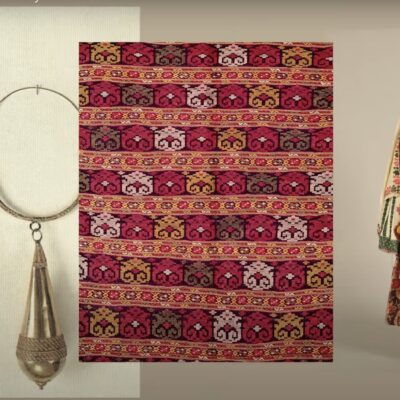
EFHA World 13.03.2023
26.04.2022
european costumeEuropean fashionfashion historymenswear
An item of flamboyancy crossing space and time
A vest is defined as a usually sleeveless garment covering the upper part of the body. Its name derives from French veste, meaning “jacket, sport coat”, Italian veste “robe, gown”, both coming from the Latin vestis. Later it took the name of “waistcoat”, derived from the cutting of the coat at waist-level.
Usually worn by men beneath a coat, it has been first introduced by King Charles II of England, who attempted to formalize men’s attire in court after the Restoration of the British monarchy in 1660. We learn it from a diary entry by the English naval administrator and Member of Parliament Samuel Pepys, who on October 8th, 1666, wrote:
“[t]he King hath yesterday, in Council, declared his resolution of setting a fashion for clothes…. It will be a vest, I know not well how; but it is to teach the nobility thrift.”
However, the waistcoat has not been invented in England. In fact it derived from the Persian vests seen by English visitors to the court of Shah Abbas. As John Evelyn, another famous diarist, wrote on October 18th, 1666:
“To Court, it being the first time his Majesty put himself solemnly into the Eastern fashion of vest, changing doublet, stiff collar, bands and cloak, into a comely dress after the Persian mode, with girdles or straps, and shoestrings and garters into buckles… resolving never to alter it, and to leave the French mode”.
During the Seventeenth century, the regular army’s uniforms included waistcoats, which were the reverse colour of their overcoats. At the same time civil people started to wear elaborate and brightly-coloured waistcoats and the trend continued through the eighteenth century too, until changing fashions in the Nineteenth century restricted them in formal wear.
The anti-aristocratic feeling after the French Revolution in France influenced the wardrobes of men and women; waistcoats became much less elaborate and their fit became shorter and tighter. The waistcoat moved away from being the centerpiece of a man’s clothing and towards serving as a foundation garment, especially from the 1820s, when elite gentlemen started to wear corsets and the waistcoat, which might have whalebone stiffeners, was used to emphasize the figure. This fashion remained throughout the 19th century, with less restriction at the waist. Toward the end of the century, the so-called ‘Edwardian look’ made a larger physique more popular.
The waistcoat remained visible in the UK until the late 1960s; since the 1970s it became once again a fashionable and popular garment among businessmen and young people wearing it in ensemble with their suits.